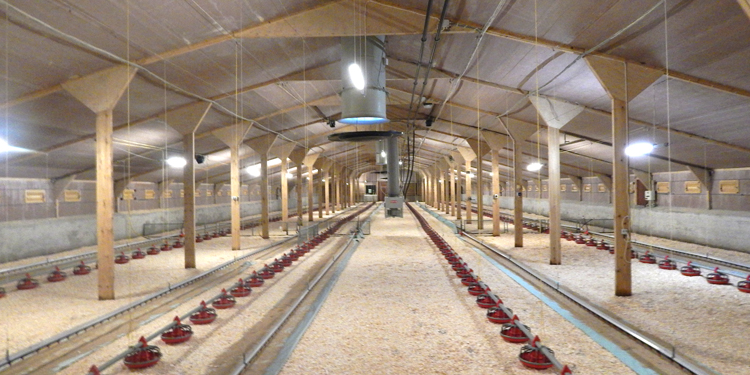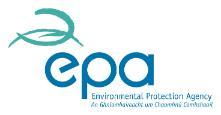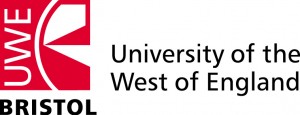About the AmmoniaN2K project
Tuesday, 11 July, 2017

Atmospheric Ammonia & the Environment
Agriculture is responsible for the majority of global atmospheric ammonia (NH3) emissions, with domestic animals and fertilisers the largest sources – Ireland’s agricultural sector is responsible for 98% of national emissions. The acidification and eutrophication of ecosystems caused by the deposition of atmospheric nitrogen is of consequence to habitats and species susceptible to elevated N inputs, such as heathlands, boglands, sand dunes, and calcareous grasslands, amongst others. A suite of sites have been designated across Europe to protect these and other habitats/species, under both the Habitats Directive and the Birds Directive. The resultant network of Special Areas of Conservation (SACs) and Special Protection Areas (SPAs), are collectively known as the Natura 2000 (N2K) network.
Existing Atmospheric Ammonia Monitoring Network
Ambient monitoring of atmospheric ammonia is currently being researched by UCD School of Agriculture and Food Science. This project utilised the network of monitoring sites set up as part of the EPAs monitoring programme in 1999, from which it aims to develop an optimum national ammonia monitoring programme. Further information on this project is available here. The original 1999 monitoring report is available through the EPA’s SAFER-Data (opens in a new window)download page.
The AmmoniaN2K Project
The AmmoniaN2K project will quantify and assess the impact of ammonia emissions from intensive pig and poultry units on Natura 2000 sites in Ireland, in order to assist the EPA licensing of intensive agriculture installations, in particular to support Appropriate Assessments under the Habitats Directive; contribute to national inventory reporting and PRTR reporting; assist in the assessment of developments under Food Harvest 2020 and support work on trans-boundary air pollution. The research underway as part of the AmmoniaN2K project, includes three broad categories:
1. Local emissions monitoring and modelling
2. National modelling and assessment


This project is funded by STRIVE, as administered by the Environmental Protection Agency